Here are ten metrics to measure the effectiveness of your community
1. Active Forums
- The number of distinct sites where your products and service-related issues are discussed in an active and ongoing way.
- May include your own discussion forums, or those hosted by third parties (e.g. Product user groups, professional associations, publications, etc.).
2. Customer Engagement
- The percent of the customer base that actively uses the community.
- This indicates the extent to which the entire installed base for a specific product line or brand uses a community (e.g. If individuals from 100 companies out of a total installed base of 1,000 companies use a forum the customer engagement rate is 10%).
3. Entitlement
- The percent of customers that use the community that are also entitled to support (e.g. They are covered by an active support contract).
- This is the percent of the “engaged customers” that are entitled to request assisted support.
4. High Severity
- The extent to which topics of high/critical severity are discussed.
- High severity of 5% indicates that at least 5 percent of the discussions about your products relate to issues that impeded the user’s ability to successfully use a key product feature and/or to use the product to support a critical business function. You can align this metric with your own severity level definitions.
5. Deflection
- The rate that existing threads successfully resolve customer issues to the point where issues are resolved without engaging assisted support resources.
- For a definition of deflection see the article titled: how to define and measure deflection
6. New issues
- The rate that new topics related to your products are being discussed but have not been previously reported to support.
- If 20% of issues discussed through the community are unfamiliar and no solution has been developed the “new issue” rate is 20%.
7. Resolved by Known
- The rate that topics discussed within the community are resolved by a “known” answer.
- If 30% of issues discussed through the community can be resolved by a previously documented answer to an issue from the knowledge base or other discussion thread, then the “known issue rate” rate is 30%.
8. Knowledge Overlap
- The extent to which topics discussed within a community are currently covered within the knowledge base.
- Like the “known rate”, knowledge overlap indicates the rate that issues discussed within the community could (or should) be answered by existing knowledge base articles.
9. Knowledge Gap
- The extent to which topics discussed within the community are not covered within the knowledge base.
- Like the “new issue rate”, knowledge gap indicates the rate that issues discussed within the community cannot be answered by existing knowledge base articles.
10. Sentiment
- The general tone of the active forum as it relates to customer / user feelings about your products and services.
- A sentiment score is typically calculated by using a text analytics tool designed to extract customer “feelings” from the text of a community post.




